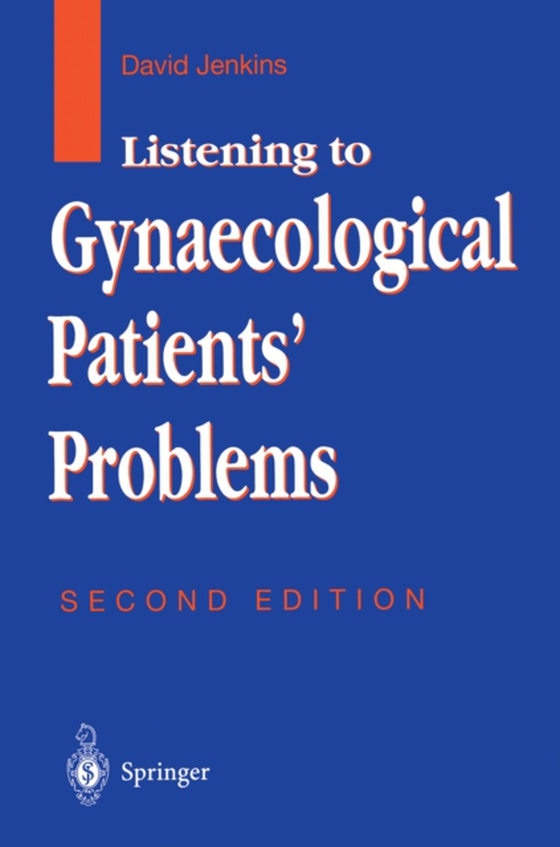
Listening to Gynaecological Patients' Problems e-bog
436,85 DKK
(inkl. moms 546,06 DKK)
Gynaecological textbooks are divided into sections according to pathological diagnoses, not according to symptoms or symptom complexes. Students of gynaecology, because they initially acquire information from textbooks are conditioned by the organisation of these texts to think of gynaecology in terms of pathological entities rather than symptom complexes. Gynaecological patients, however, do n...
E-bog
436,85 DKK
Forlag
Springer
Udgivet
6 december 2012
Genrer
Midwifery
Sprog
English
Format
pdf
Beskyttelse
LCP
ISBN
9781447105534
Gynaecological textbooks are divided into sections according to pathological diagnoses, not according to symptoms or symptom complexes. Students of gynaecology, because they initially acquire information from textbooks are conditioned by the organisation of these texts to think of gynaecology in terms of pathological entities rather than symptom complexes. Gynaecological patients, however, do not present complaining of endometriosis or endometrial malignancy or hypophyseal-ovarian dysfunction; rather, they present with symptoms such as 'pain low down in the tummy', 'bleeding from the front passage', or 'irregular periods'. This book attempts to help students of gynaecology (including everyone from students learning the subject for the first time, through family doctors, to doctors of all grades) to approach their patients as people as distinct from pathological entities, to listen to them, and to communicate with them. In order to help achieve this, the text is divided according to symptoms or related groups of symptoms. Within each division, pertinent questions are listed in the words that might be used in addressing a patient, followed by a key explaining the significance of the questions and a brief discussion of the problems under consideration. It is hoped that this apPfQach will facilitate the taking and interpretation of case histories, thus aiding differential diagnosis and clinical management, and will initiate the process of self-teaching. The book tries to emphasise that, especially in gynaecology, the same symptom (e. g. , heavy periods) may have a very different significance in different patients in terms of diagnosis and management.
 Dansk
Dansk

